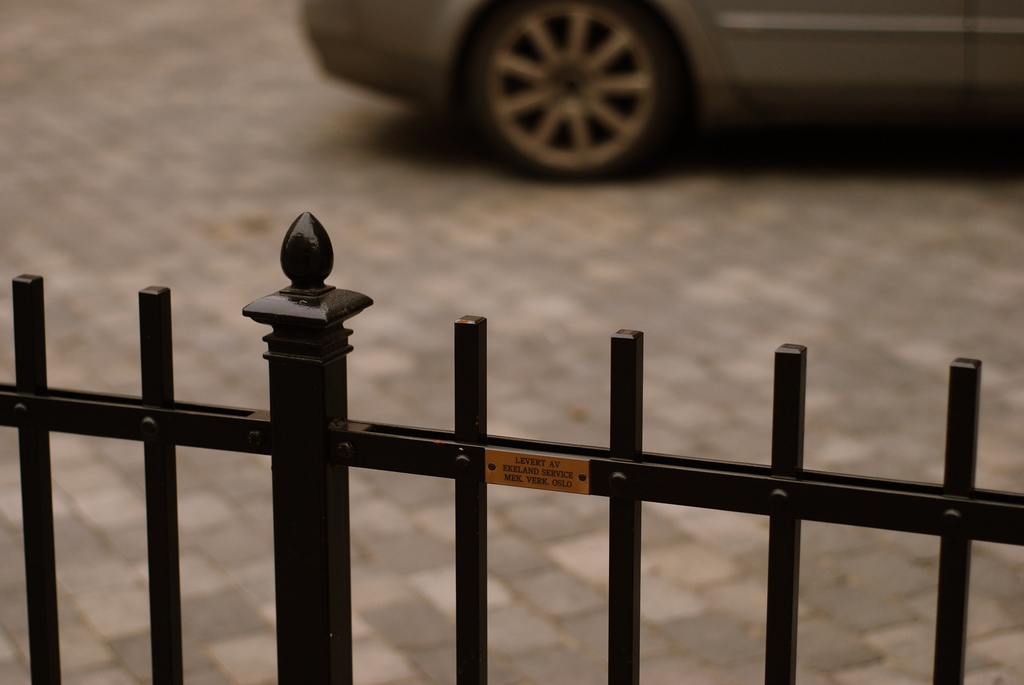The most common method of protection of steel is paint. The advance of technology brought a change in the application of paints: five, or six coat systems are replaced by three, or even less coat systems. A rule of thumb is that if fewer coat systems are applied, they should have the increased film thickness.
There are a variety of modern paints, but there is one thing common to all of them. Proper surface preparation, using a suitable paint for the specific situation and the correct application are the conditions that has must be fulfilled in order for paint to have lasting protection.
Basic Division of Paint Coatings
Generally speaking, the protective paint system usually includes three coats: the primer, the undercoat(s) and the finish coat. On the other hand, you can now find the protective paint systems consisting of the primer and the finish coat only. Each paint coat is applied on top of another and each coat has its specific function in the overall protection.
Primer
The primer is the first coat applied on the clean surface. This coat has two extremely important functions. Firstly, it wets the surface and, consequently, enables proper adhering for other coats to be applied. Secondly, it decreases the corrosion rate of steel.
Commonly, there are two types of primers. The first type are the primers pigmented with metallic elements anodic to steel. If the coat damages, these primers contain the anodic metal which corrodes first and in this way, inhibits the steel corrosion. The zinc-rich primer is one example of this type of primer.
When it comes to the second type, the primers relying on the high adhesion and chemical-resistance properties of the binder, the primers themselves provide good adhesion and contain inhibitive ingredients, including zinc phosphate, which prevent corrosion.
Intermediate Coat
Another layer of the coat strengthens the overall protection by increasing the film thickness. This is the reason why more than one undercoat can be applied.
In addition, highly-pigmented undercoats can prevent oxygen and water penetrating steel. On the other hand, the undercoats made with laminar pigments, such as micaceous iron oxide, or with inert pigments, including glass flakes can decrease water permeability in humid conditions and improve tensile strength.
If the finish coat is not immediately applied after the intermediate coat, both coats must be compatible.
Finish Coat
The finish coat is the last coat on the surface, so it is the layer which comes first in contact with weather exposure, sunlight, condensation, highly polluted atmospheres, impact and abrasion, bacteria and fungi.
Furthermore, the required appearance of the surface is provided by this coat. For instance, Omega Rustblock Hammertone paint is the type of paint resembling hammered sheet metal.
When the finish is applied, measuring the thickness of the dry film is highly recommended. The values less than 80% of the nominal thickness should not be accepted, otherwise the failure of the protective system can be expected. If the overall average is equal, or greater than the nominal value, the values between 80% and 100% are approved.
The dry film thickness is usually measured on the overall paint system, but sometimes, individual films may be measured, as well. On the other hand, the wet film thickness may also be required to be checked.
Stripe Coat
The stripe coat is applied to welds, fasteners and external corners since the paint may contract on these parts of the surface.
Each of these coats should be compatible within one painting system. Additionally, all paints should be used from the same manufacture. It should be emphasized that paints should be used strictly according to the manufacturer’s recommendations.
